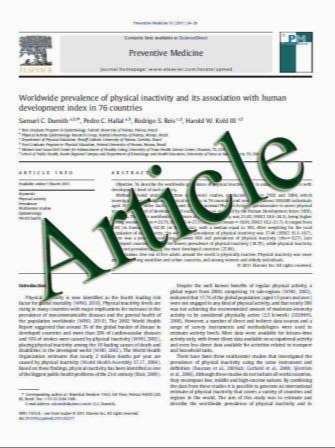The adverse effects of flow-diverter stent-like devices on the flow pattern of saccular intracranial aneurysm models: computational fluid dynamics study
- نوع فایل : کتاب
- زبان : انگلیسی
- مؤلف : Tamer Hassan & Yasser Mohamed Ahmed & Amr Ali Hassan
- چاپ و سال / کشور: 2011
Description
Background Stent deployment across the aneurysmal neck has been established as one of the endovascular methods to treat intracranial aneurysms with or without coils. Objective The purpose is to study the possible adverse effects of deployment of the new flow-diverter stent-like devices (FD) on the flow characteristics of saccular aneurysm models. Methods Numerical simulations of the blood flow patterns in the artificial models of three aneurysms were studied. One model was designed without an FD stent, the second model with one FD stent, and the third model with two stents. Numerical simulation for incompressible laminar blood flow was conducted in the three artificial cerebral aneurysm models by means of computational fluid dynamics. Results There was a noticeable increase in the values of the circumferential pressure distributed on the walls of the aneurysm after stent deployment; this led to an increase the tension of the aneurysm surface and was considered to be an adverse effect. This pressure increase was further aggravated by the deployment of another stent. However, there is a beneficial effect of using FD stents, translating into the reduction of the flow velocity inside the aneurysm and wall shear stress at the inflow zone. This reduction decreases further with the deployment of another stent. Conclusion Aneurysms become tenser after the deployment of one flow-diverter stent and (more tense still) after after the deployment of another stent. This principle should be kept in mind when choosing which group of aneurysms is the best candidate for such a treatment strategy. This study recommends deploying several FD stents during endovascular procedures until complete arrest of the blood flow occurs during the procedure; otherwise, the aneurysm may become tenser and dangerous if a slow blood flow jet still exists inside it at the end of the procedure.
Acta Neurochir (2011) 153:1633–1640 Received: 29 December 2010 / Accepted: 18 May 2011 / Published online: 8 June 2011


